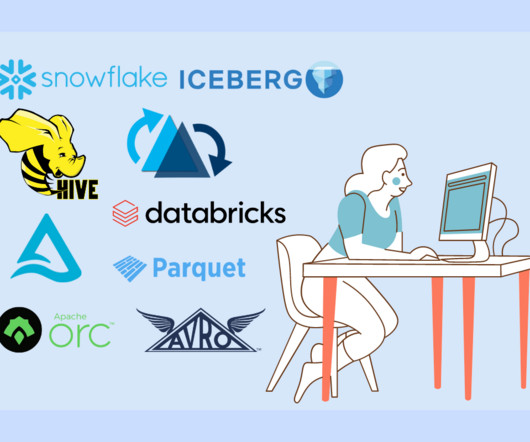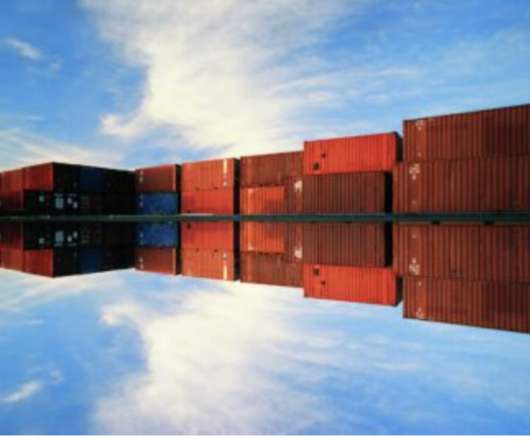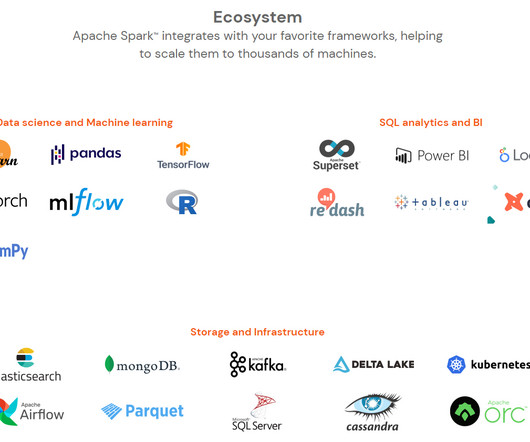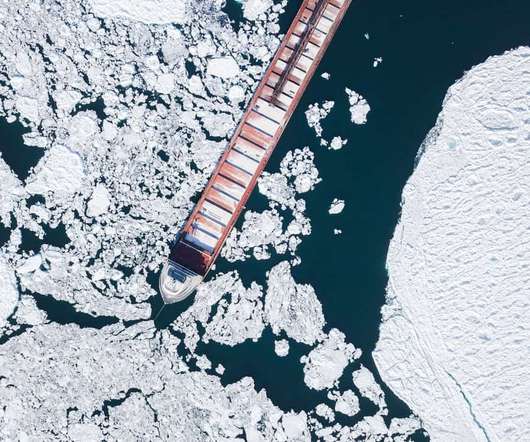The Evolution of Table Formats
Monte Carlo
MAY 14, 2024
At its core, a table format is a sophisticated metadata layer that defines, organizes, and interprets multiple underlying data files. For example, a single table named ‘Customers’ is actually an aggregation of metadata that manages and references several data files, ensuring that the table behaves as a cohesive unit.















Let's personalize your content